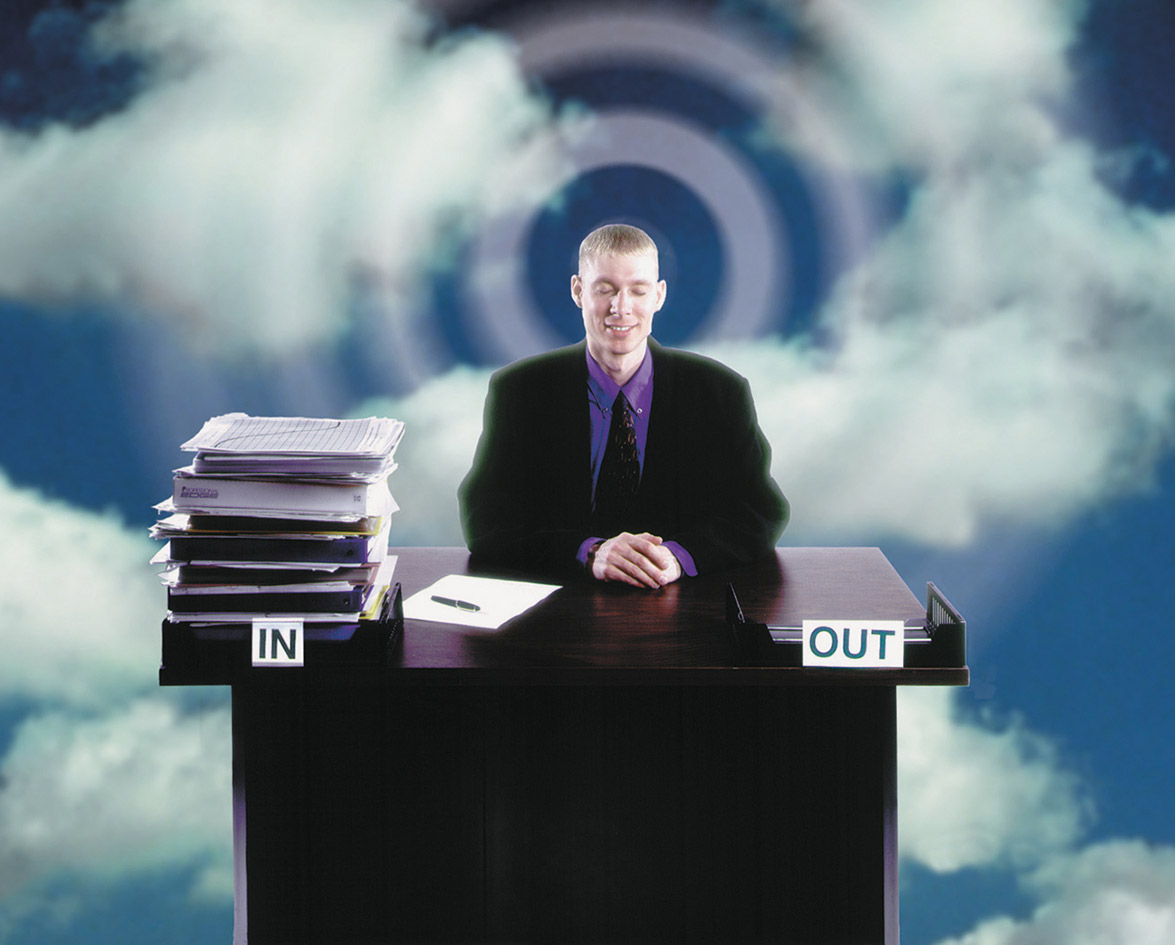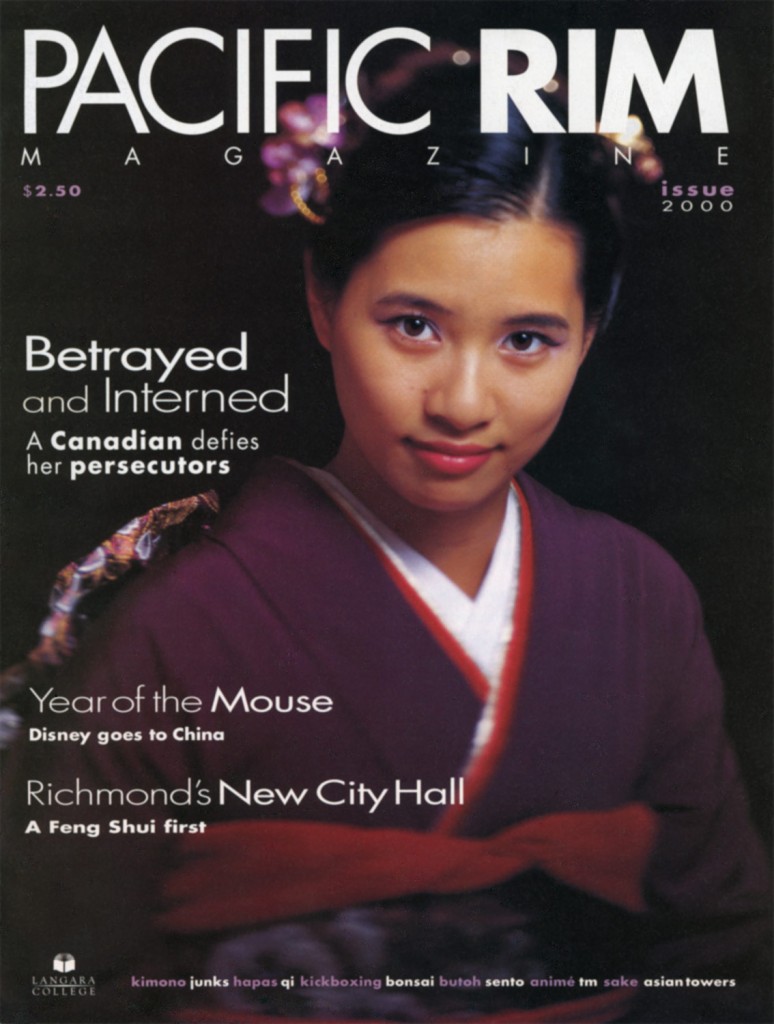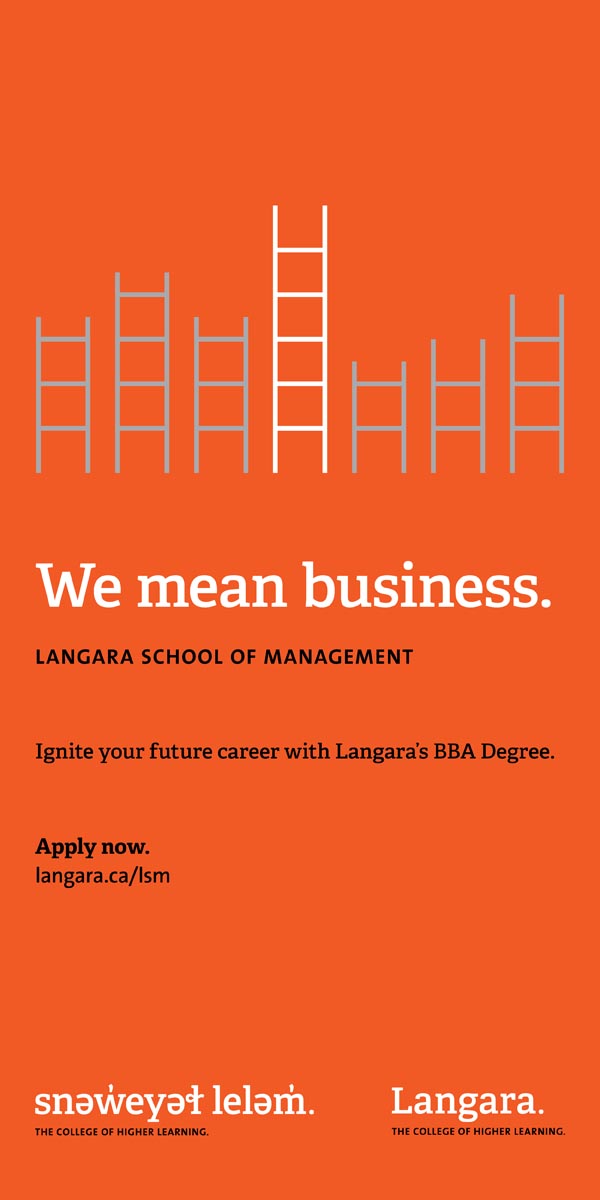Preparing for my interview with the director of the Maharishi Vedic College meant also preparing myself. I visualized meeting a spiritual yogi of sorts, one who would dress in earthly robes and beads, and frown at the material world.
As I walked into the front lobby of the college, warm peach walls and soft light lured me to a state of peace. Just as I had almost drifted away, I was abruptly brought back to reality by a firm handshake.
“I am Stephen Beck, Director of the college. Pleased to meet you.”
Beck took me into the public forum room and educated me about Transcendental Meditation (TM) by way of flip charts, documentary videos, and posters.
Many flip charts later, I discovered that TM is growing not only among the “unworldly,” but also among business owners. In the Lower Mainland, for instance, a vitamin wholesale company, a land-development company, and a fire-fighting supplies manufacturer have all incorporated the practice into their workplaces to reduce stress and promote healthier environments.
The Roots Of Transcendental Meditation
The roots of Transcendental Meditation go back thousands of years. TM is derived from the Vedas, the most ancient and sacred texts of the Hindu religion. In 1957, Maharishi Mahesh Yogi, who holds a physics degree, founded the Transcendental Meditation Program after completing two years of silence in the Himalayas. Today, TM is practiced by over four million people worldwide.
Maharishi lives in Holland where he owns his own television station and continues to develop the TM program. The TM organization is non-profit and most of the students’ fees go to teachers’ wages. It is even possible to get a bachelor’s or master’s degree in Vedic science at hundreds of universities and colleges around the world.
“TM is a simple mental technique practiced 15–20 minutes twice a day,” says Beck. “It involves sitting comfortably with the eyes closed and allowing the mind, very innocently, to experience quiet levels of awareness. Not only does the mind get rest, but the brain becomes orderly with alpha and beta waves appearing on the left and right sides of the brain.”
The Scientific Research Studies
Over 500 scientific research studies have investigated various aspects of TM in the past 25 years. The findings have linked TM with everything from increased job satisfaction to reduced blood pressure.
It also reportedly alleviates stress. “Stress is the number one inhibitor to performance,” says Mark McCooey, owner of S.E.I. Industries, a firefighting supplies manufacturer in Delta. “So, when you have a work environment that is not focused on conflict and stress, performance goes way up.”
McCooey is no stranger to TM. He has been practicing for 27 years and claims to enjoy two to four added hours of productivity each day. Today, many of his employees practice TM.
“We introduced it as an informal stress reduction policy,” says McCooey. “If the employees are interested, the company helps pay the cost.”
The business philosophy is simple. “When you are feeling relaxed, you are more generous,” he says. “When a problem comes up in many businesses, management looks for who is at fault. We look at it as a team and say ‘how do we fix it?’”
McCooey attributes the increased performance of his company to TM. He notes that there are fewer conflicts between coworkers and people are relaxed enough to work efficiently.
TM Program Can Help Companies
Executives are always interested in reducing the number of sick days at their companies. The Transcendental Meditation program website is teeming with graphs from studies illustrating how TM affects health. In addition, a recent study by American Blue Cross and Blue Shield demonstrated that a sample group of TM patients required less medical care than the control group of non-TM users.
The physiological key to Transcendental Meditation’s success is respiration. Breathing patterns are wavelike. TM slows the rhythm and depth of those waves, reducing carbon dioxide in the blood and the need for the body to expel it. The body uses less energy during this process, and therefore stores it for later use. It is in a state of restful alertness, neither active nor passive.
So, the question arises: if this practice can benefit business, why hasn’t every CEO adopted it?
Glen Stedham, a former TM student, introduced the concept to his employees. It didn’t take. “The problem is that meditation requires self-discipline,” says Stedham. “People begin with the best of intentions, but soon quit.”
McCooey offers this view. “I think it is because people aren’t as comfortable with [TM] in the West, as it is a traditionally eastern practice. People are concerned that it involves some kind of cult activity. After you are taught the technique, you can take what you’ve learned and never have contact with the organization, if that is what you would prefer.”
There is also the option of having lifetime follow-up instruction as part of the course fee. Which brings us to another area of apprehension. Some people balk at paying a TM instructor for information they think they can get in a book. But McCooey explains: “When I sat in a room with my teacher, she would ask, ‘How are you feeling now? Then you should do this.’ The lessons were personally catered. It would be very difficult to learn from a book.” Perhaps, in the final accounting, the only book that can teach CEOs about the benefits of TM is the ledger book.
For more information about Transcendental Meditation visit:











